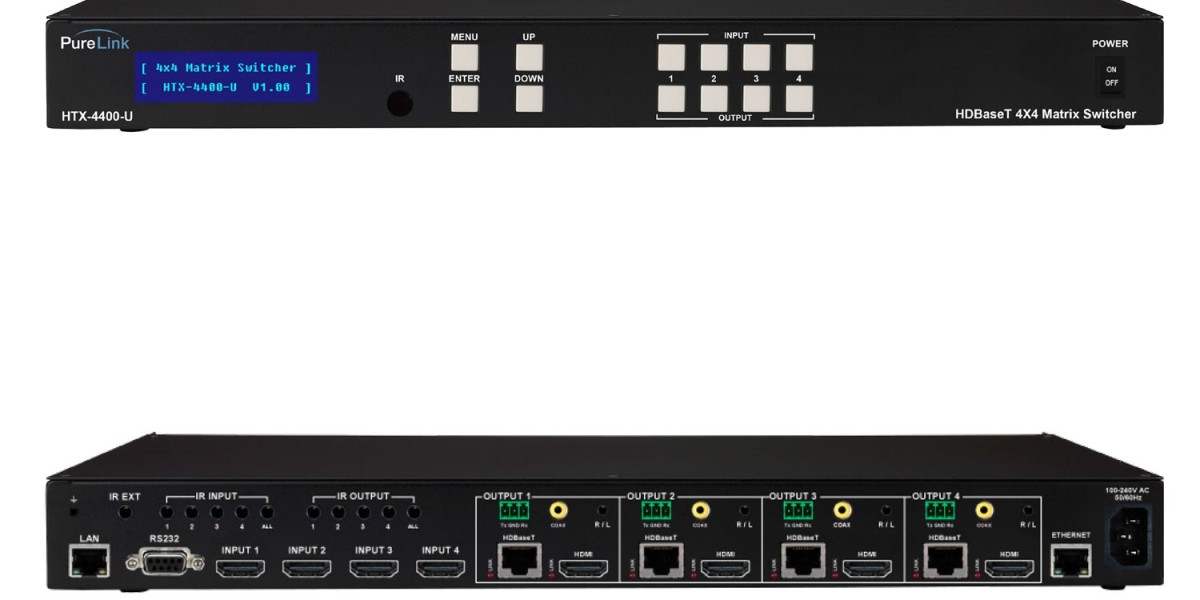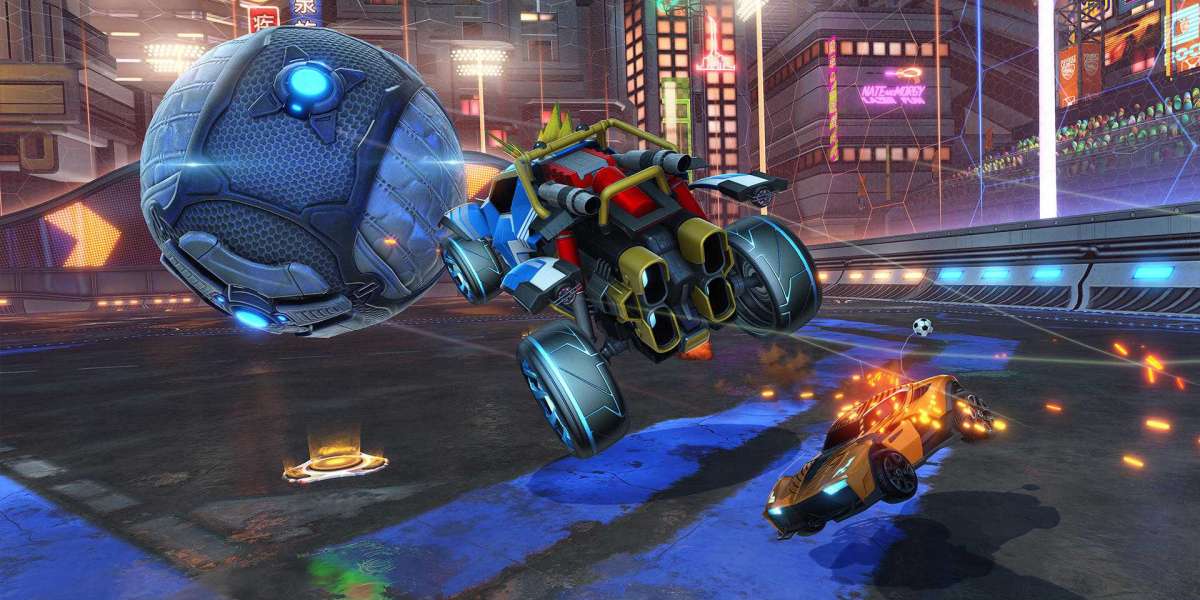In the world of A/V installations, battling compatibility issues can be a major headache. From mismatched display resolutions and fussy HDMI handshakes to frustrating audio dropouts, these problems consume valuable time, add stress, and often lead to dissatisfied clients. Luckily, HDBaseT extenders offer a powerful solution to minimize these compatibility woes. Let's delve into how HDBaseT technology, coupled with features found in high-quality extenders, can streamline your installations and reduce those dreaded troubleshooting calls.
HDBaseT: A Foundation for Stability
At its core, HDBaseT is a connectivity standard designed for reliable transmission of high-bandwidth digital signals, including uncompressed video, audio, control, Ethernet, and power. Here's why this standardization is a major advantage for installers:
Reduced Variable: Unlike consumer-grade HDMI with its vast array of cable qualities and varying device implementations, HDBaseT technology uses specific cable types (usually Cat6) and has defined standards for signal transmission. This consistency makes setup and troubleshooting more predictable.
Robust Signalling: HDBaseT extenders often incorporate advanced chipsets and signal conditioning to ensure stable communication between the source and the display, even over longer distances.
Simplified Handshake: HDMI handshakes (the communication between source and display to establish compatible settings) can be notoriously finicky. HDBaseT helps minimize these issues for smoother device recognition and less frustration.
Key HDBaseT Extender Features for Enhanced Compatibility
While HDBaseT itself provides a solid foundation, these specific features further enhance an extender's ability to smooth out installation kinks:
Advanced EDID Management: EDID is the data that tells a source device what resolutions and audio formats a display supports. HDBaseT extenders with advanced EDID features can help in scenarios where the source and display aren't playing nicely on their own, facilitating a compatible match.
Visually Lossless Compression (VLC): Some extenders incorporate VLC, which applies very slight compression to the highest bandwidth 4K HDR signals. This can be the key to compatibility with older devices or long cable runs, ensuring a stable image without noticeable visual degradation.
Signal Re-clocking: Extenders can analyze the incoming signal and optimize it for the transmission length. This helps keep the signal strong, ensuring it reaches the display in pristine form.
Firmware Updates: Reputable brands often release firmware updates for their extenders, improving compatibility and addressing issues that may be discovered in the field.
Real-World Scenarios Where HDBaseT Shines
Let's look at some common situations where HDBaseT extenders can save the day:
The "Stubborn Source or Display" Problem: Every installer has encountered devices that simply refuse to cooperate with others. An HDBaseT extender can act as a mediator, helping resolve quirky HDMI handshakes or problematic EDID issues.
Tackling Long Cable Distances: Standard HDMI struggles with longer runs. HDBaseT and fiber-optic extenders ensure the signal remains strong, maintaining compatibility even over significant distances.
Legacy Equipment Integration: Need to connect a new 4K display to an older source device or integrate a vintage audio system that lacks HDMI? The best HDBaseT extender with audio de-embedding features can bridge the gap.
Beyond Signal Extension – Troubleshooting Tools
Some HDBaseT extenders further streamline troubleshooting with helpful features like:
Signal & Status LEDs: Simple LEDs indicating link status, power, and proper source/display connection provide quick at-a-glance diagnostics.
Remote Power Cycling: The ability to remotely reboot the extender or other connected devices can sometimes fix issues without a truck roll.
Detailed Diagnostics: More advanced extenders may offer accessible logs or diagnostic tools via web interfaces, allowing for more in-depth analysis.
The Installer's Advantage: Efficiency and Peace of Mind
By incorporating HDBaseT extenders into your installs, you gain a set of powerful tools that lead to:
Smoother Installs: Reduced time spent battling finicky devices means you finish projects faster and with greater predictability.
Fewer Callbacks: HDBaseT's compatibility-focused design lowers the chance of issues arising after you've left the site, protecting your reputation.
Confident Problem Solving: When issues do pop up, the HDBaseT ecosystem provides clear troubleshooting pathways and features to tackle those problems effectively.
Happy Clients: Ultimately, reliable technology translates to satisfied customers who appreciate a system that just works.
Conclusion
While it's true that some HDBaseT extenders carry a higher cost than simple HDMI adapters, it's crucial to see them as an investment in efficiency and client satisfaction. Choosing the best hdbaseT extender with the right mix of features for your applications will save you time, reduce stress, and protect your business in the long run.
HDBaseT extenders aren't magic wands that eliminate all AV compatibility woes, but they are a powerful weapon in the installer's arsenal. By understanding how HDBaseT technology and advanced extender features promote stable installations, you can streamline your workflow and leave those compatibility headaches behind.



